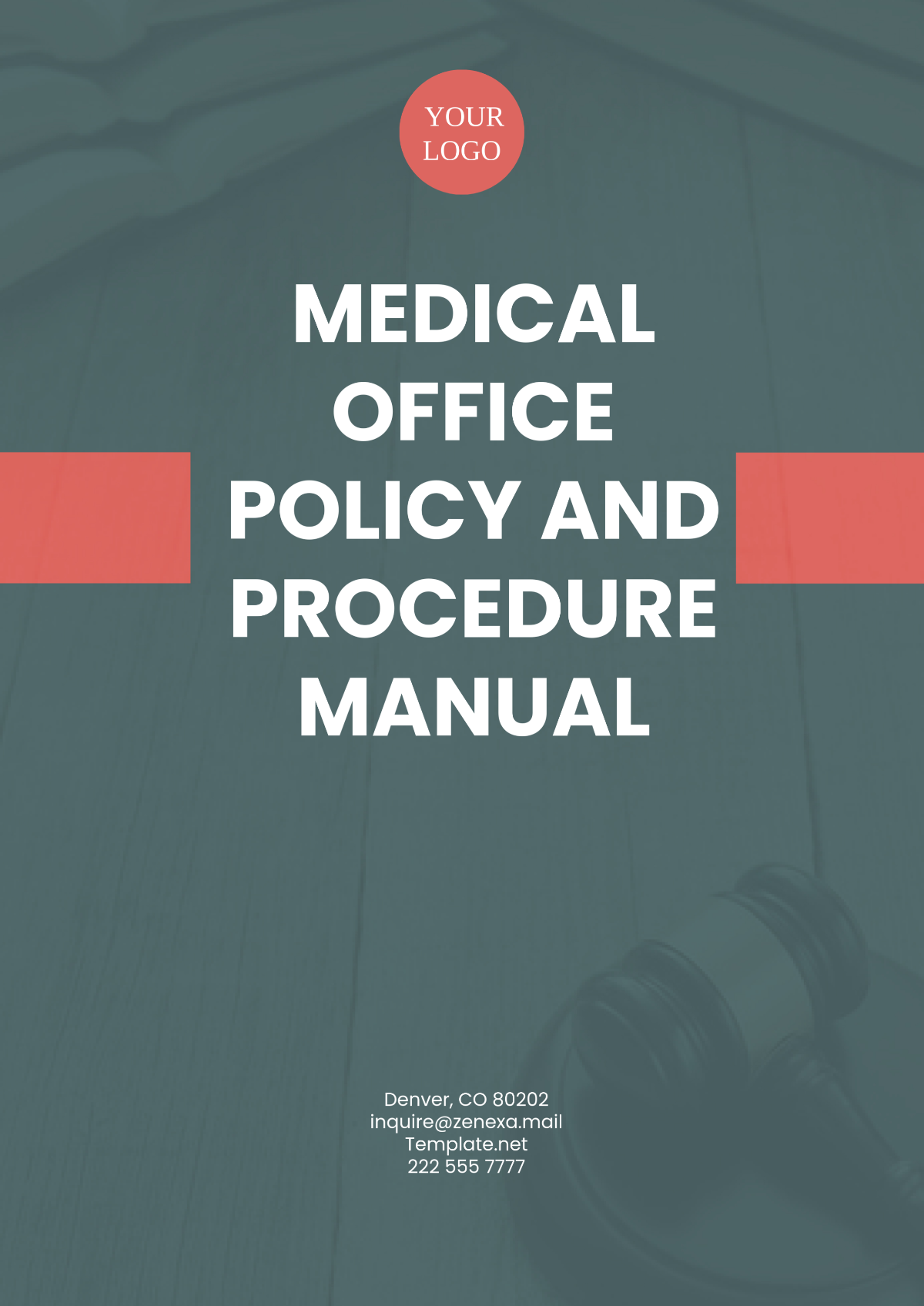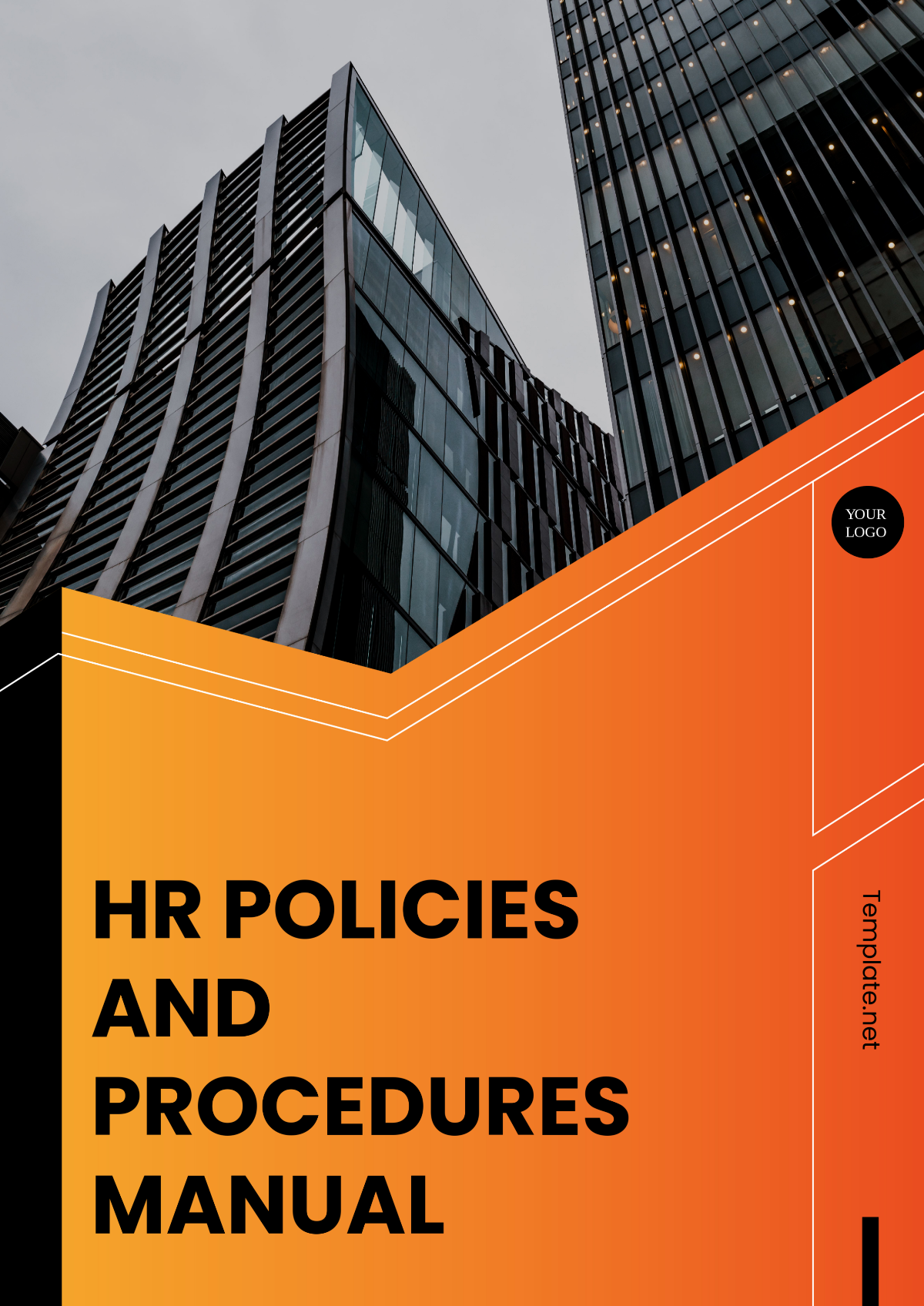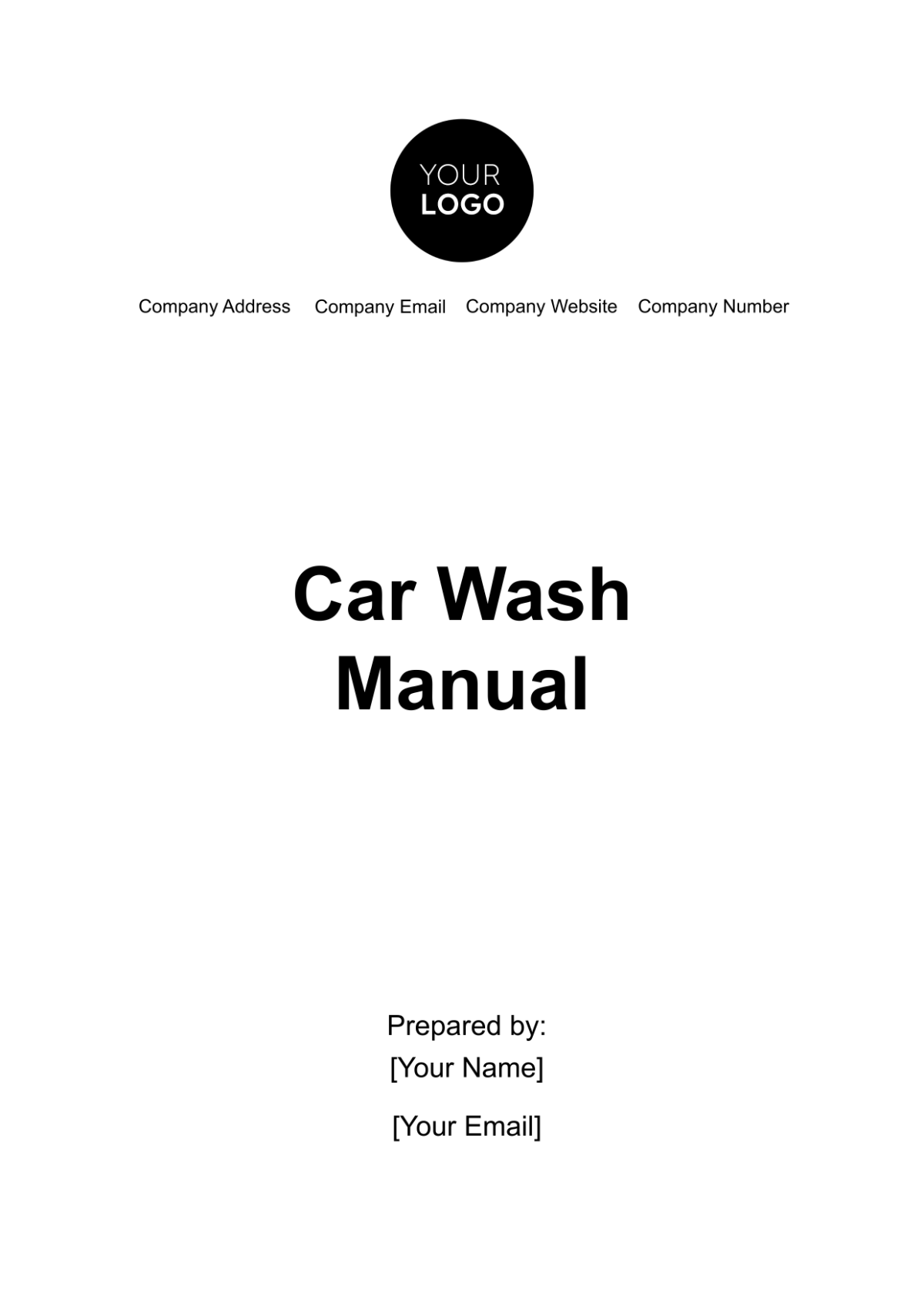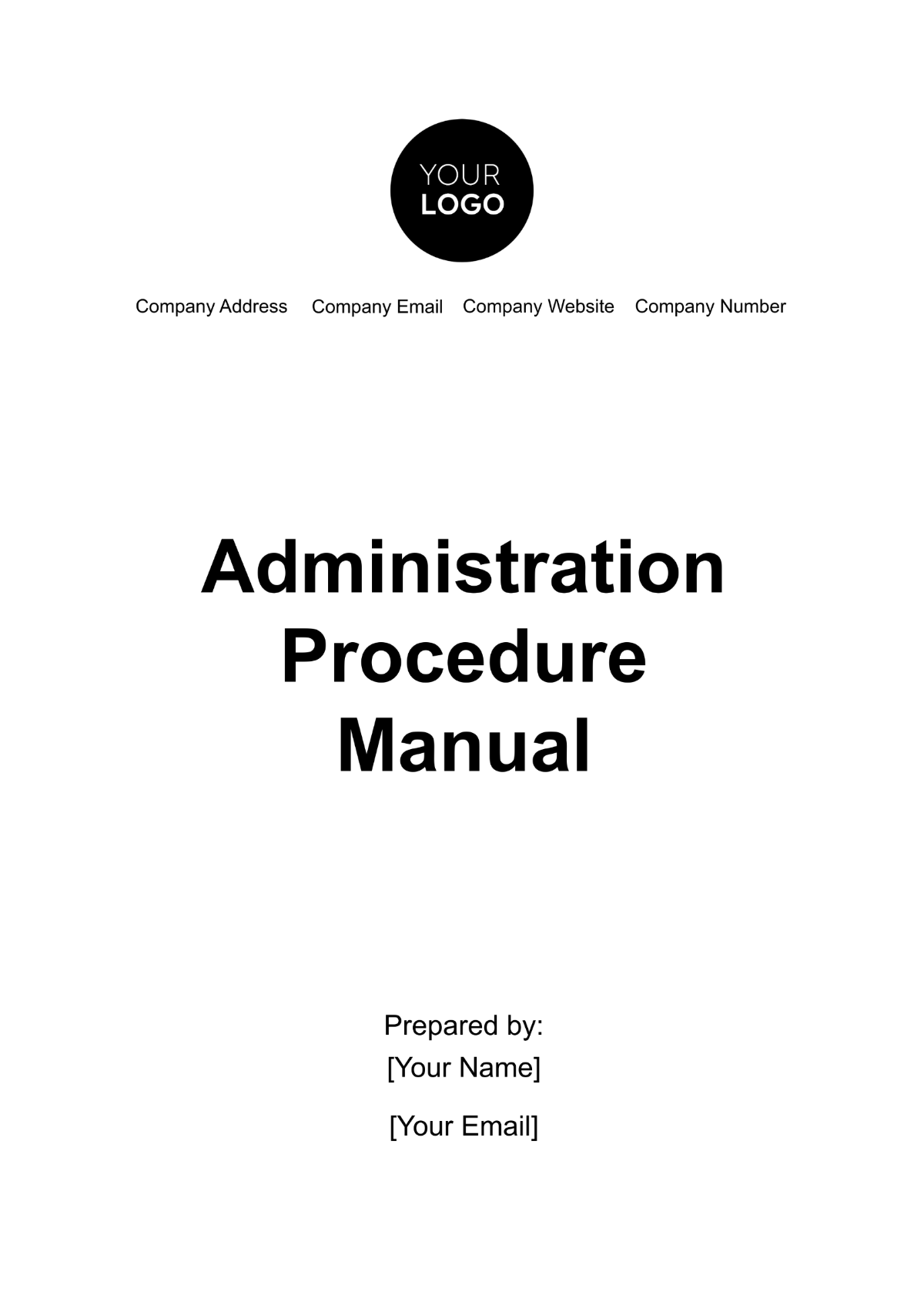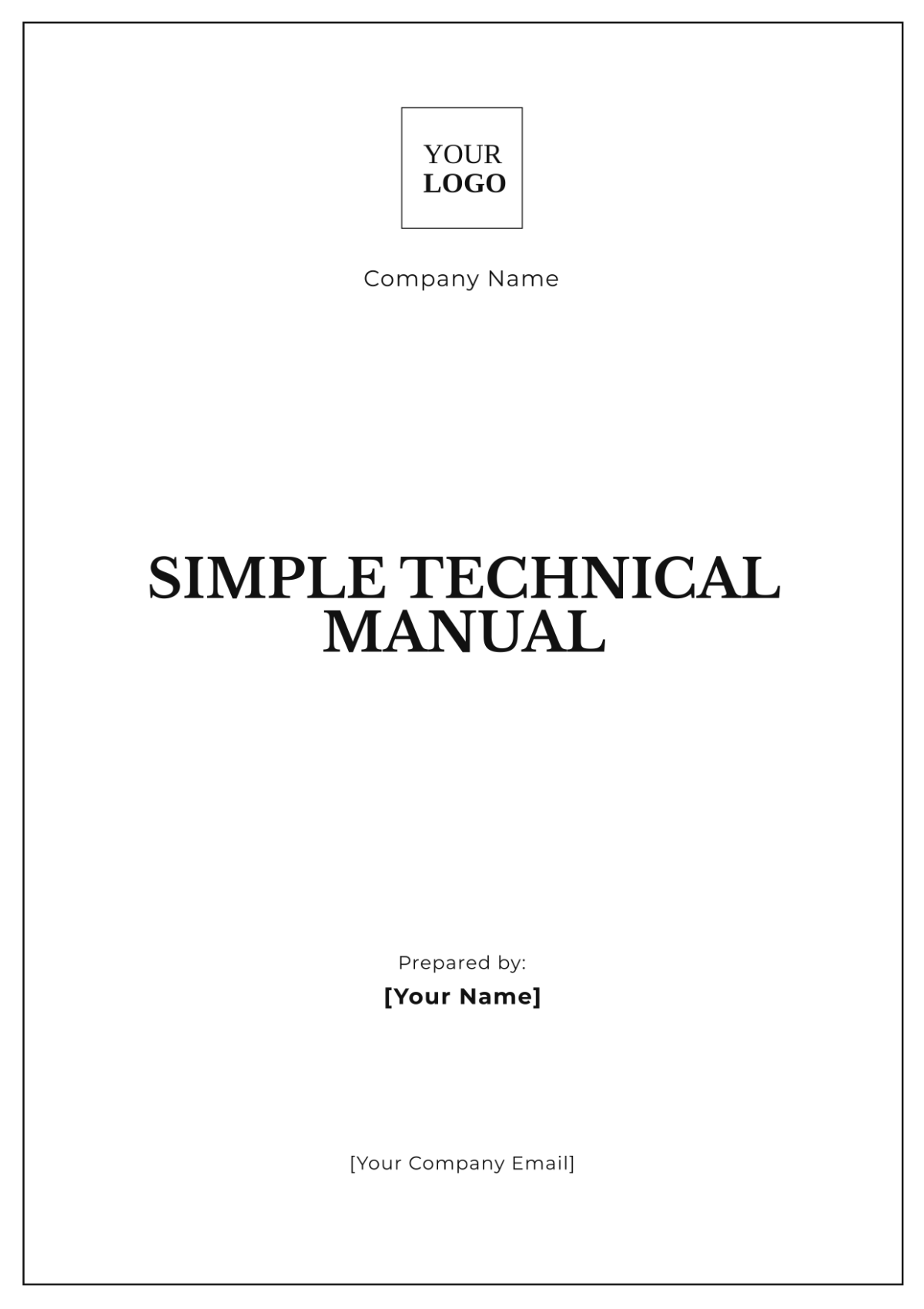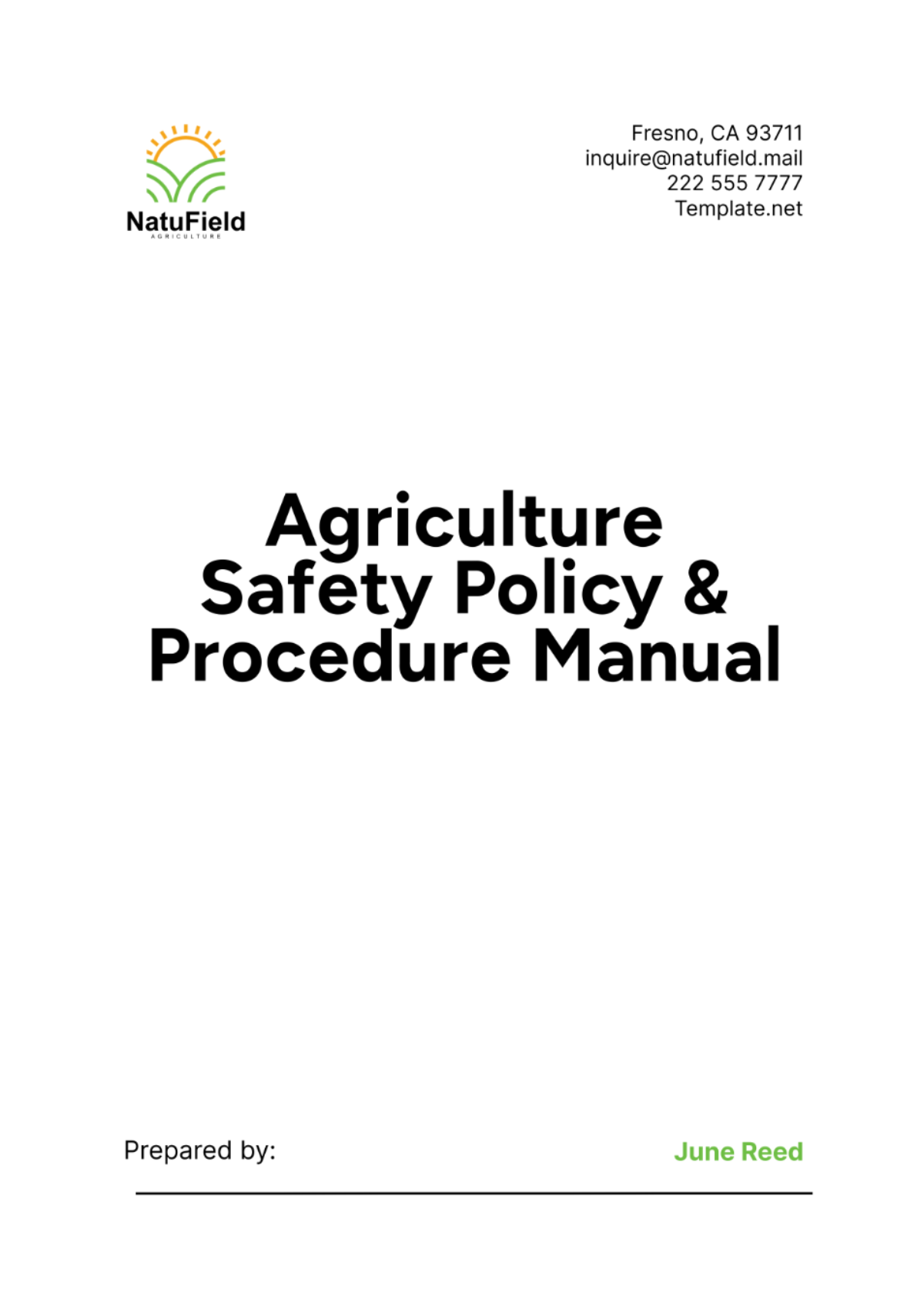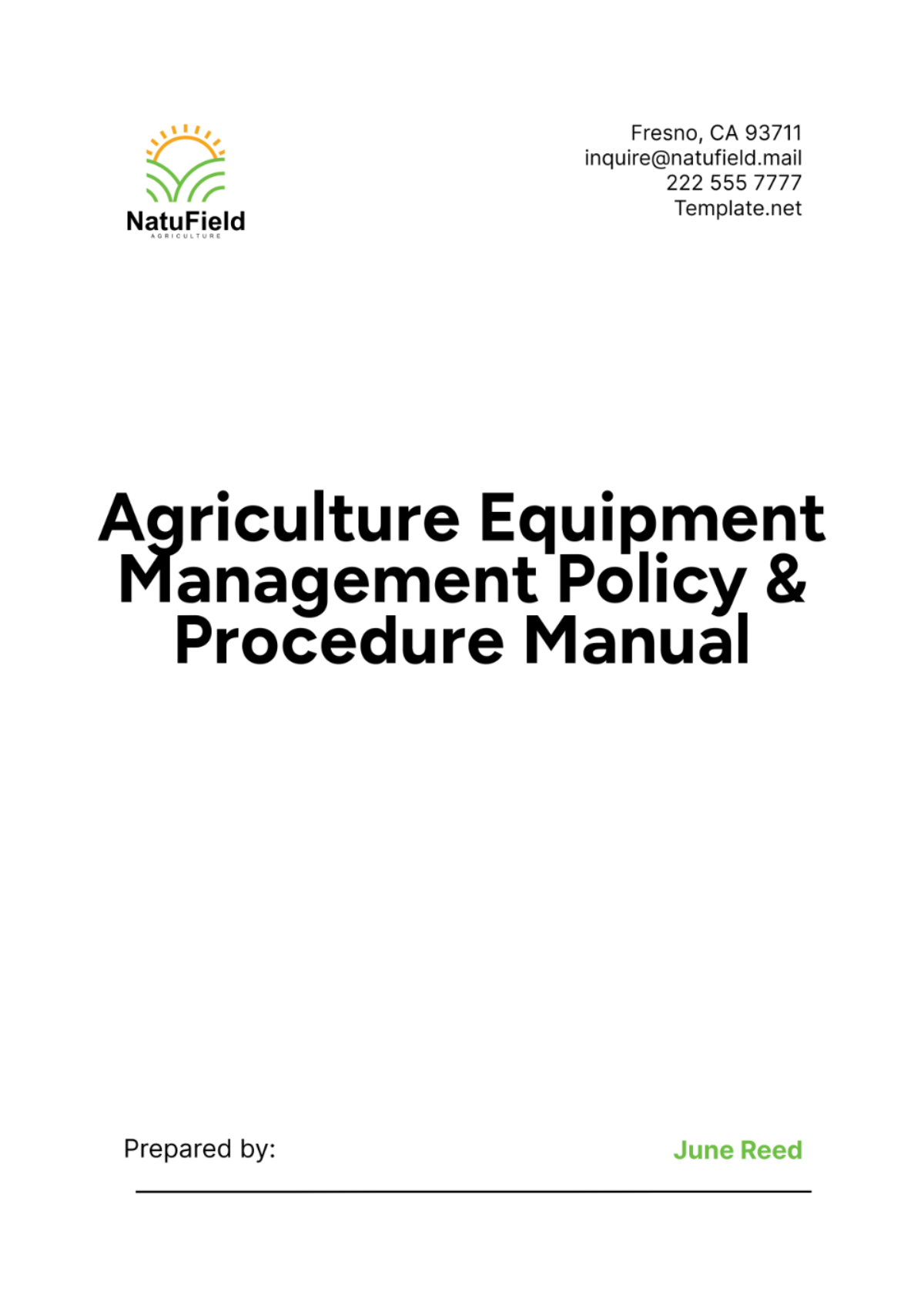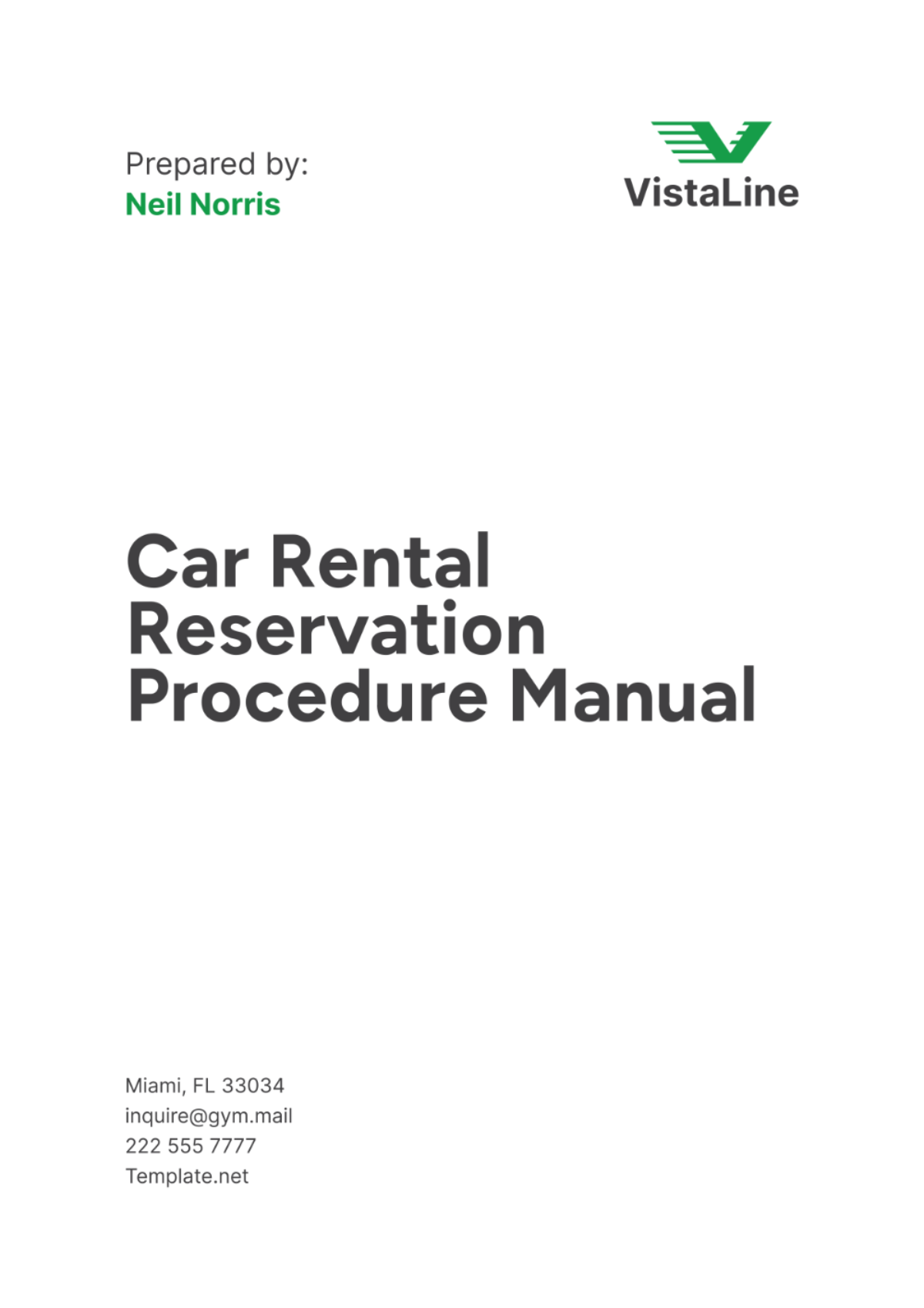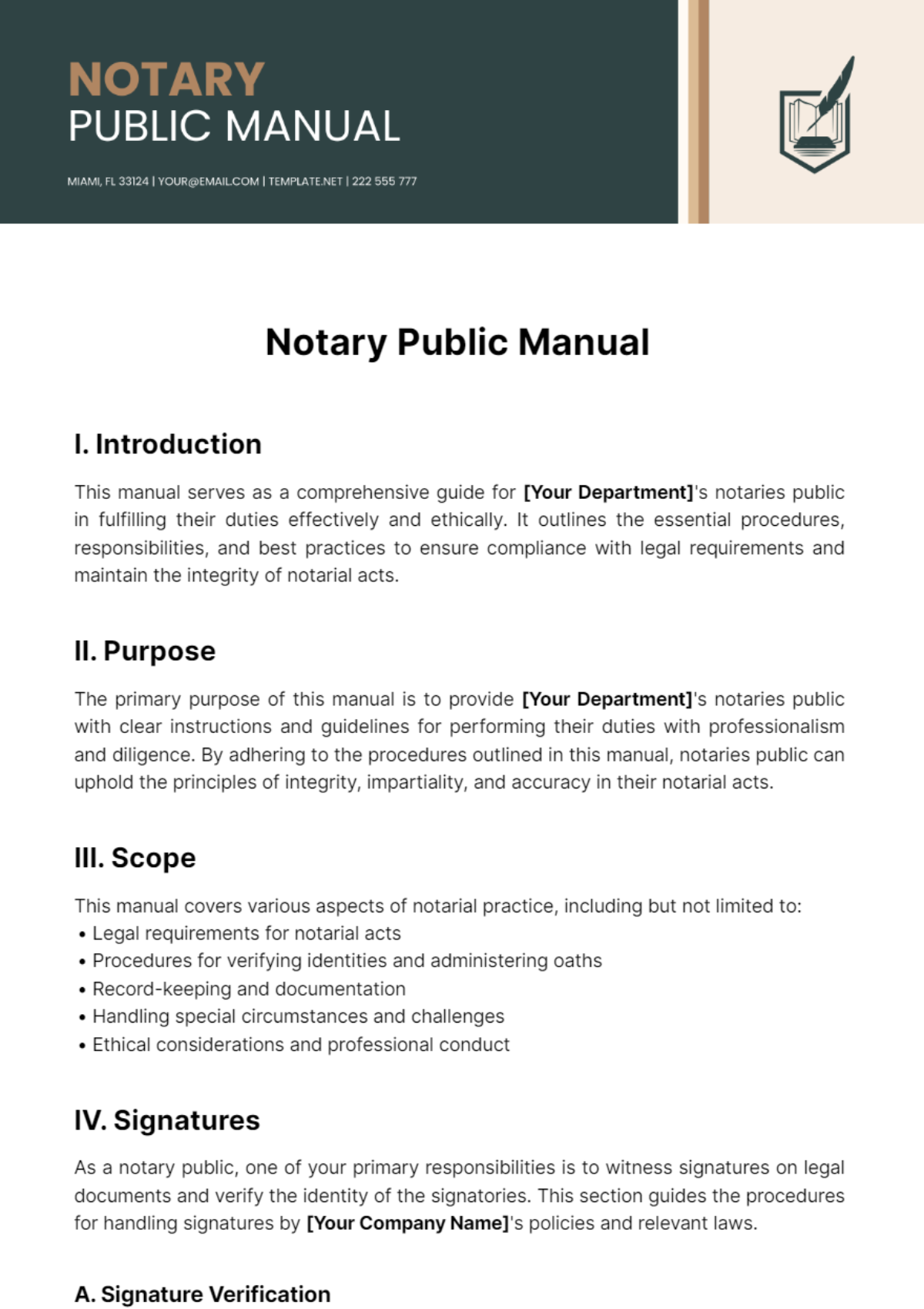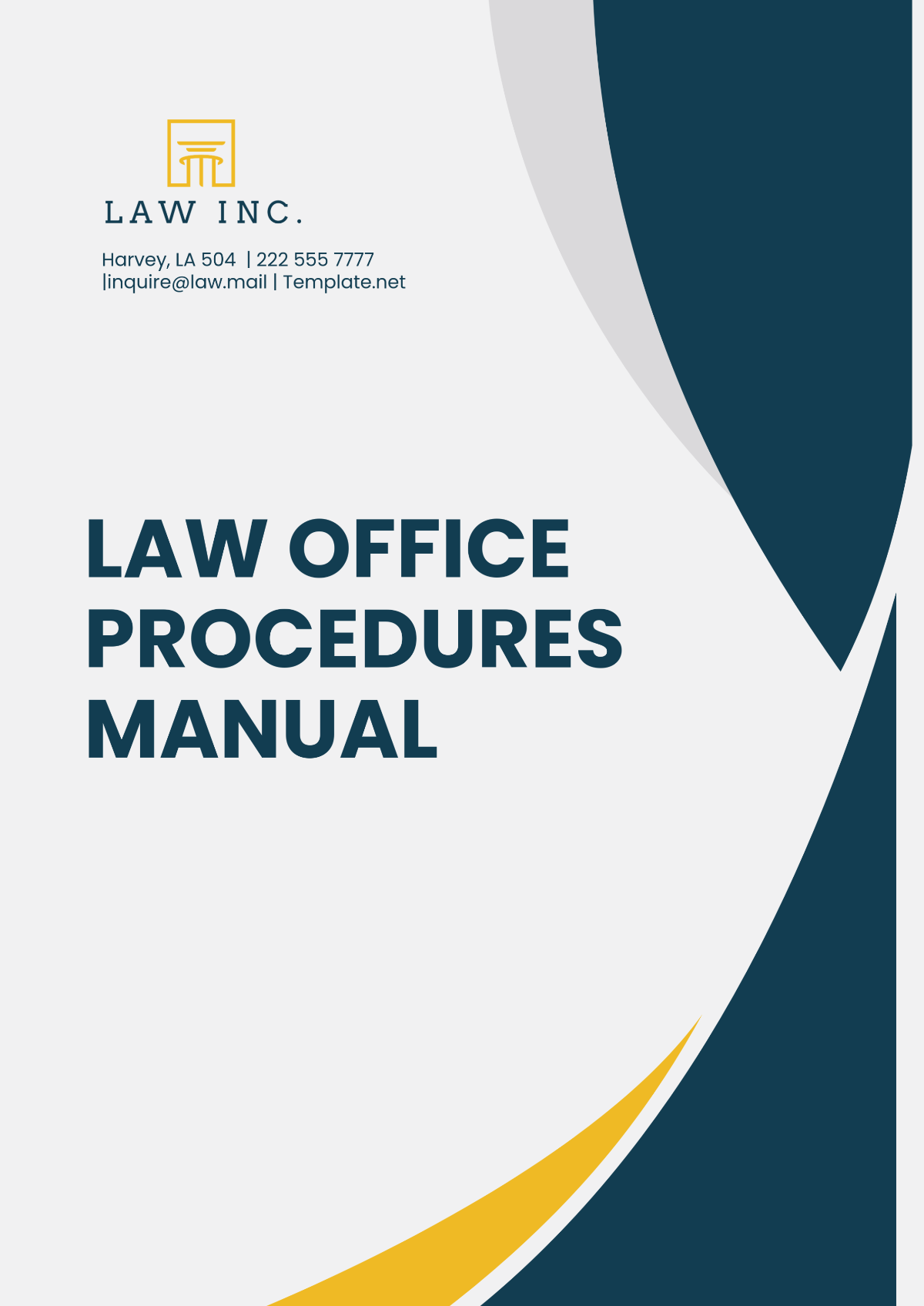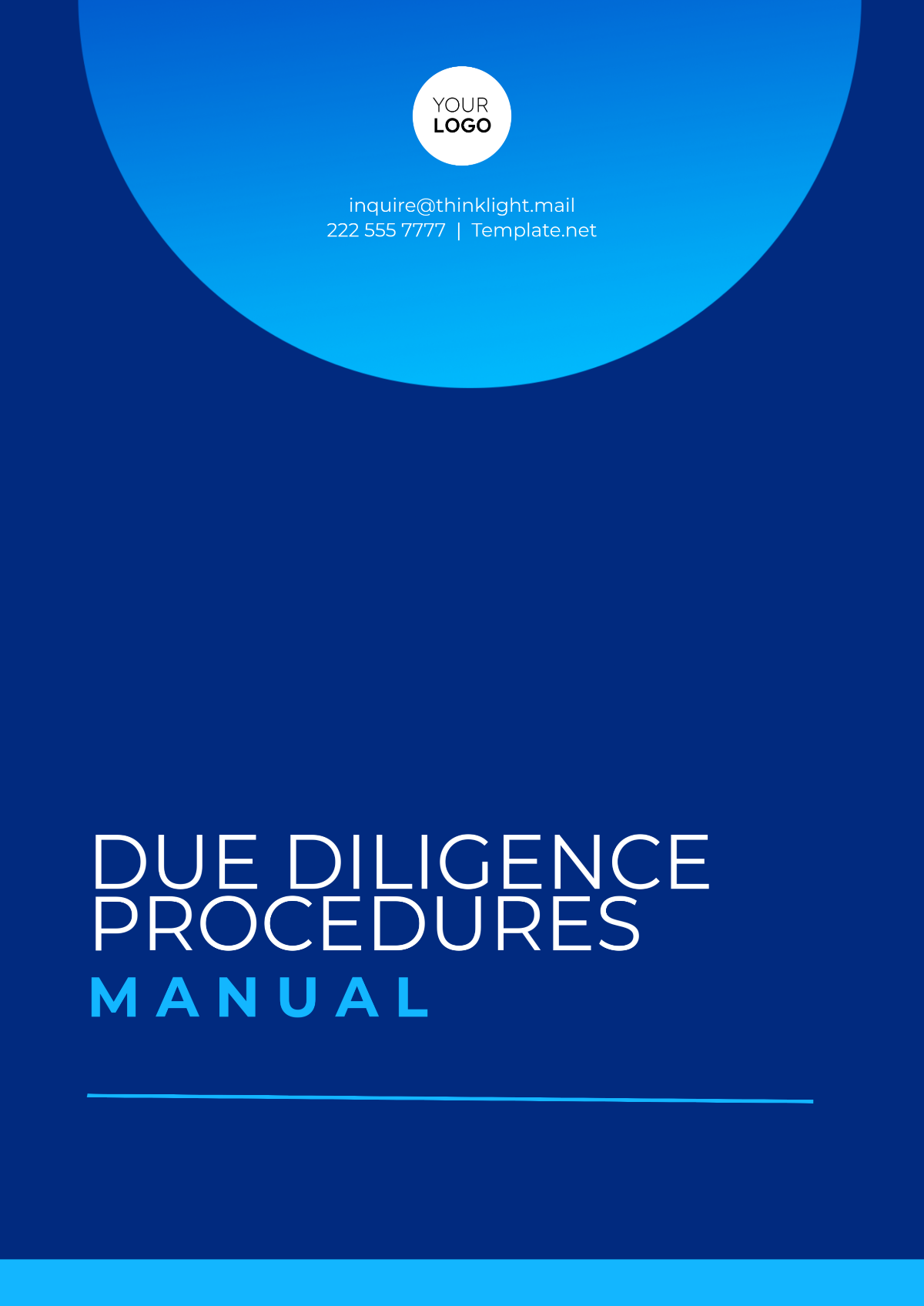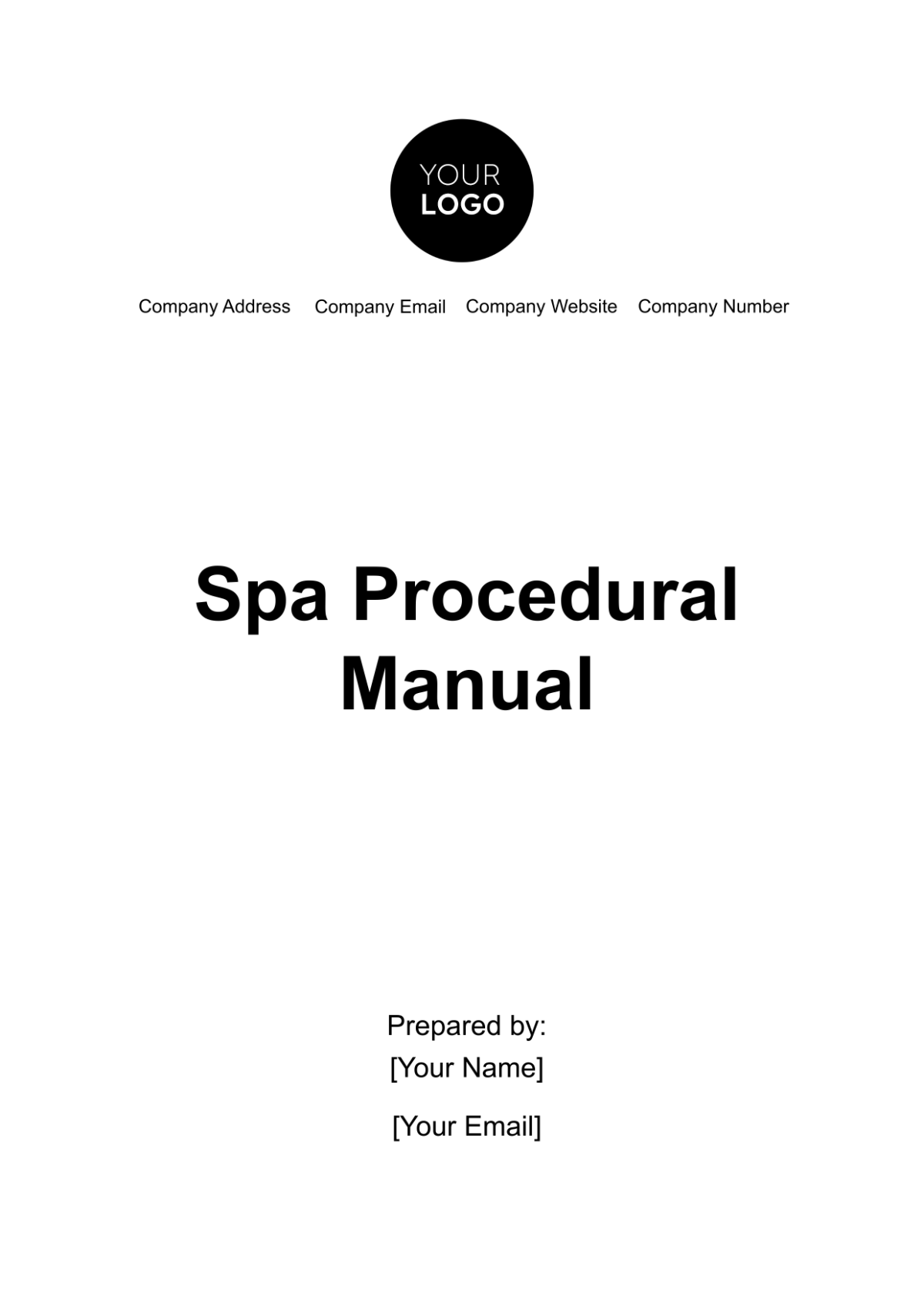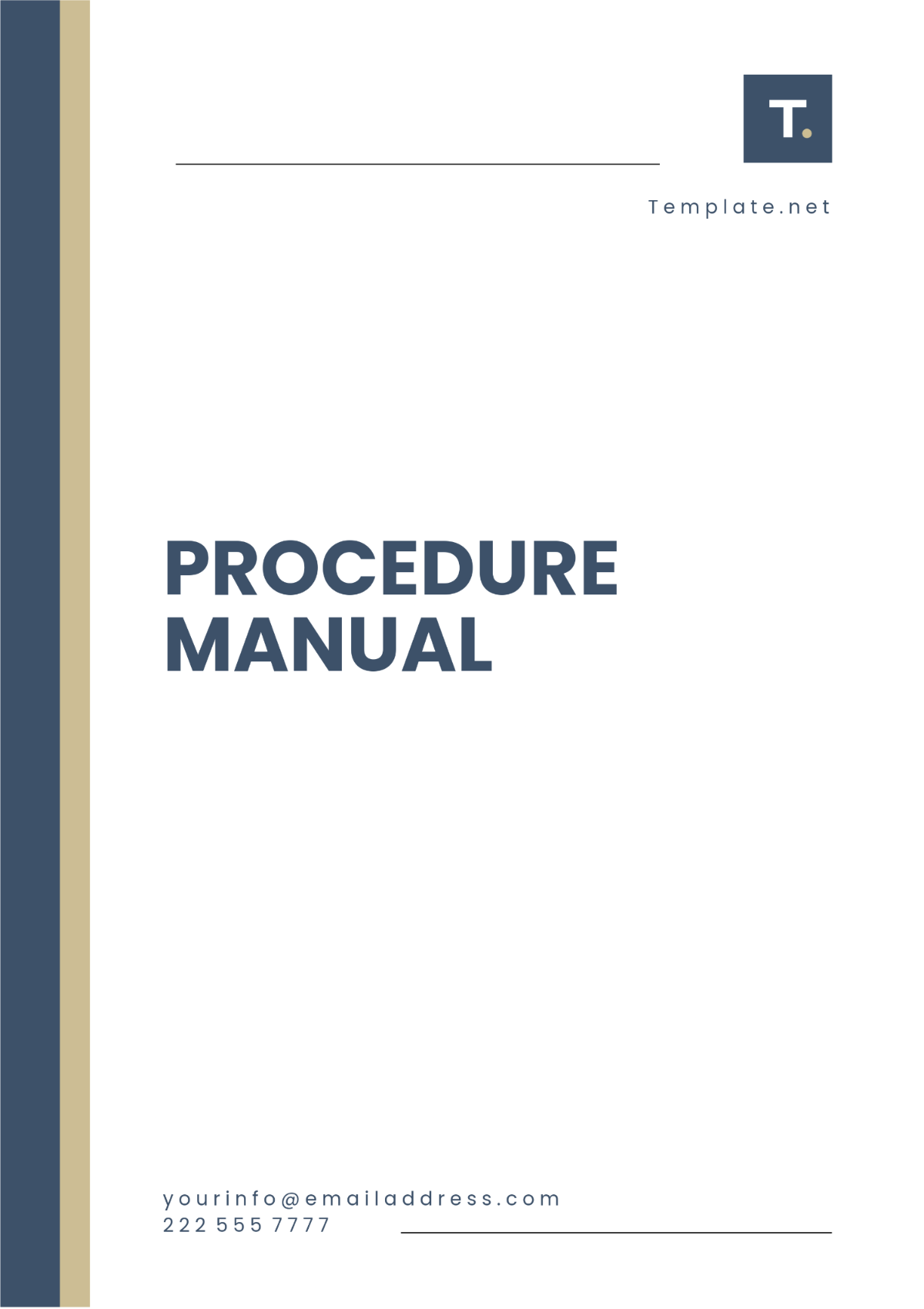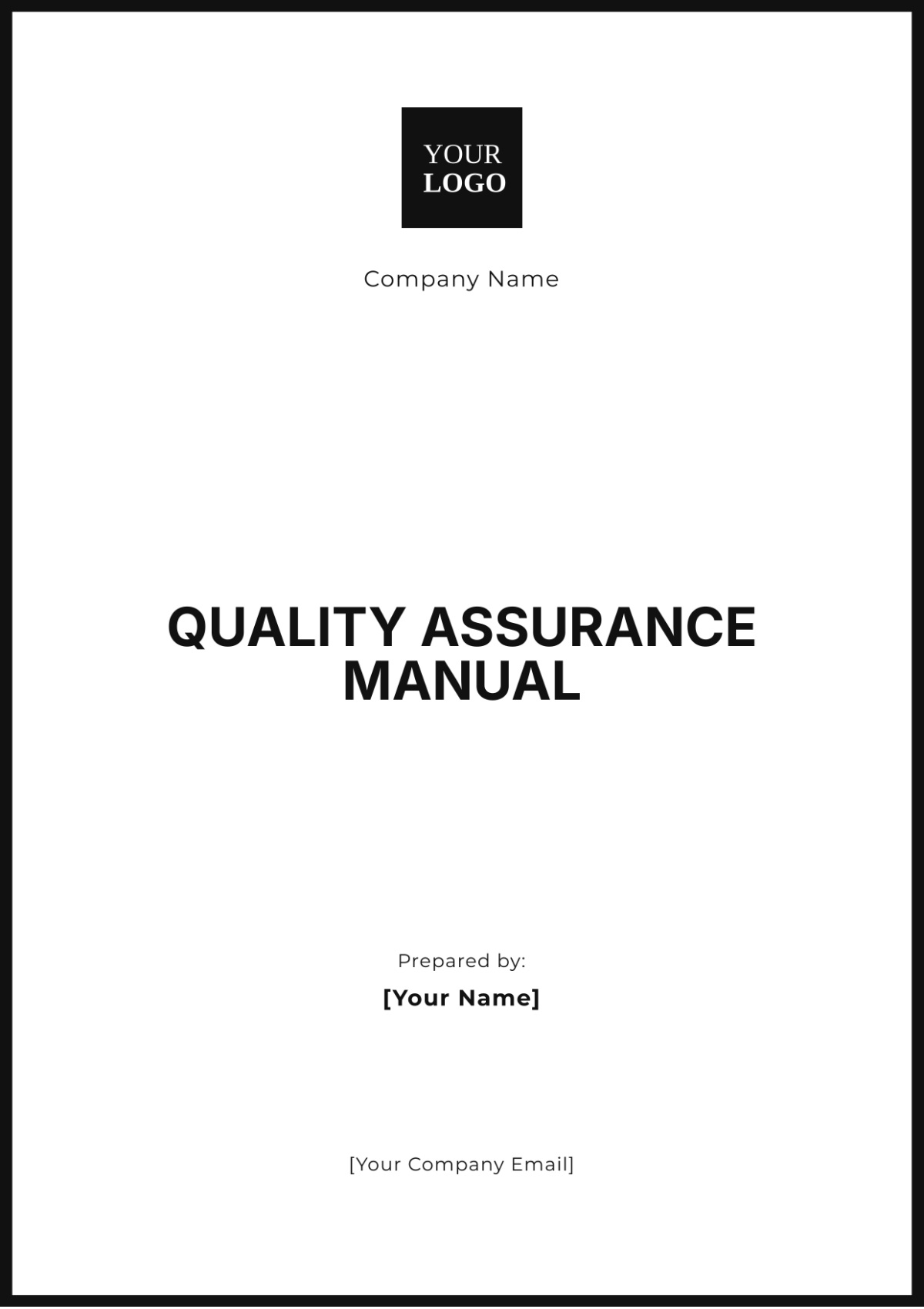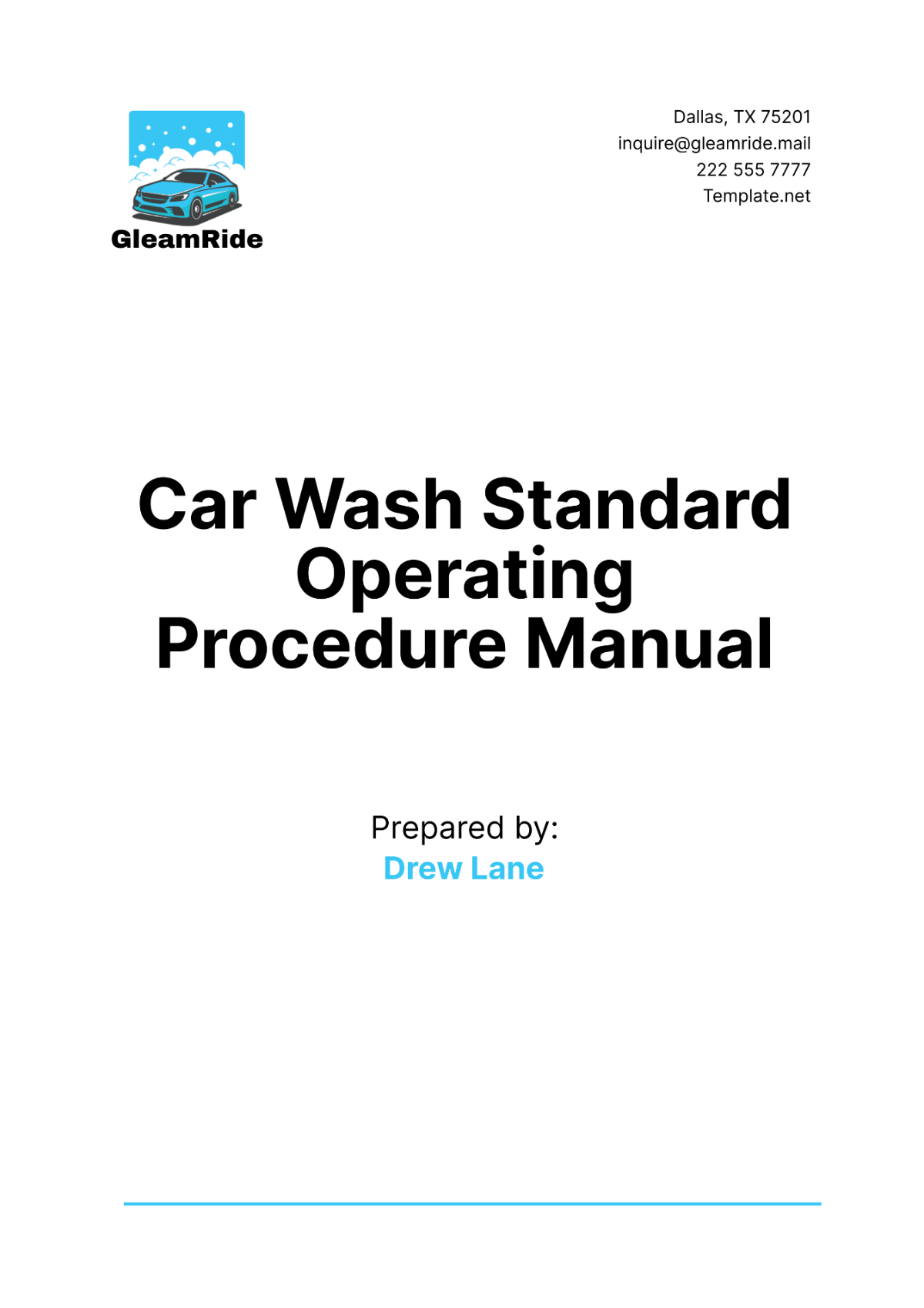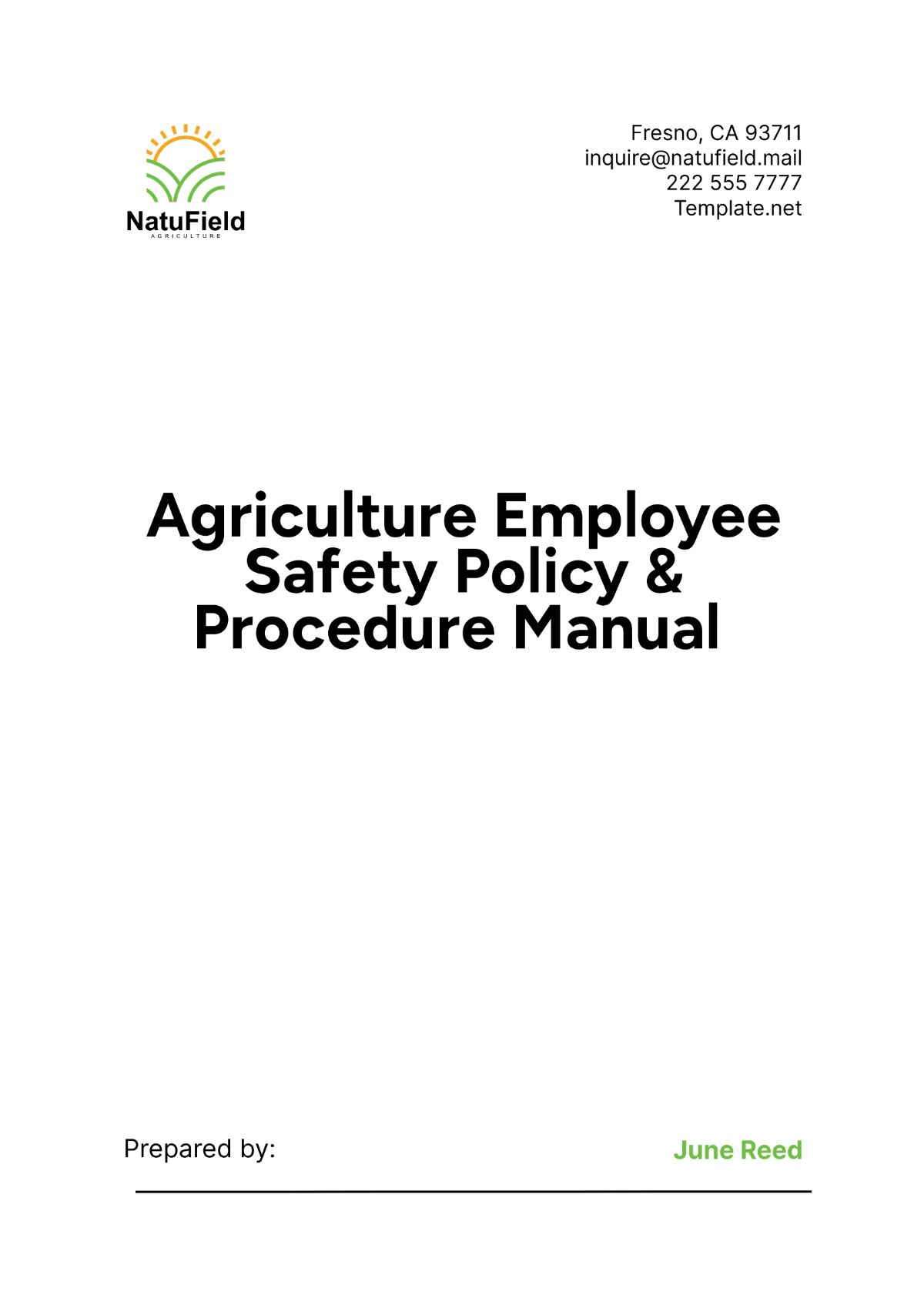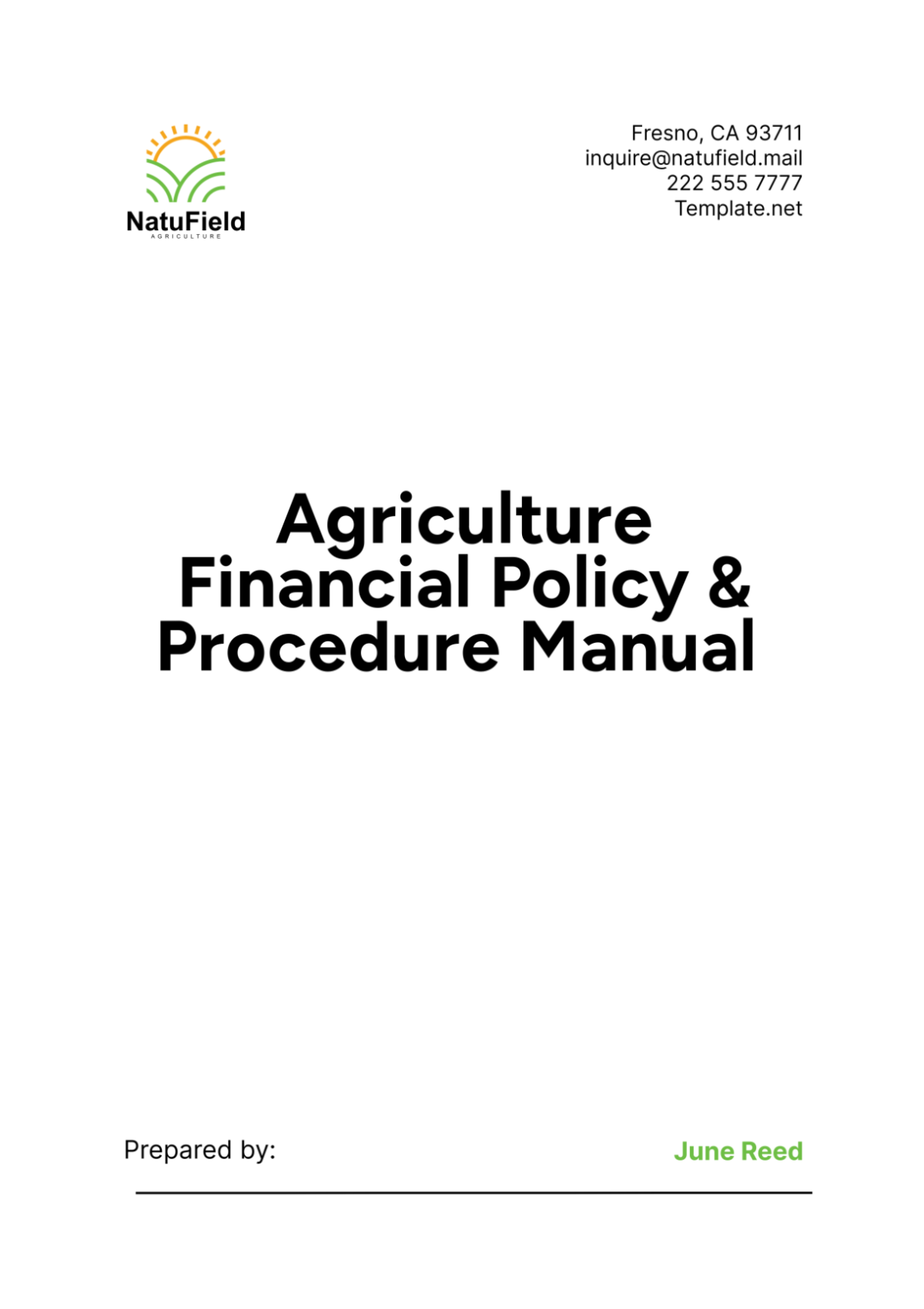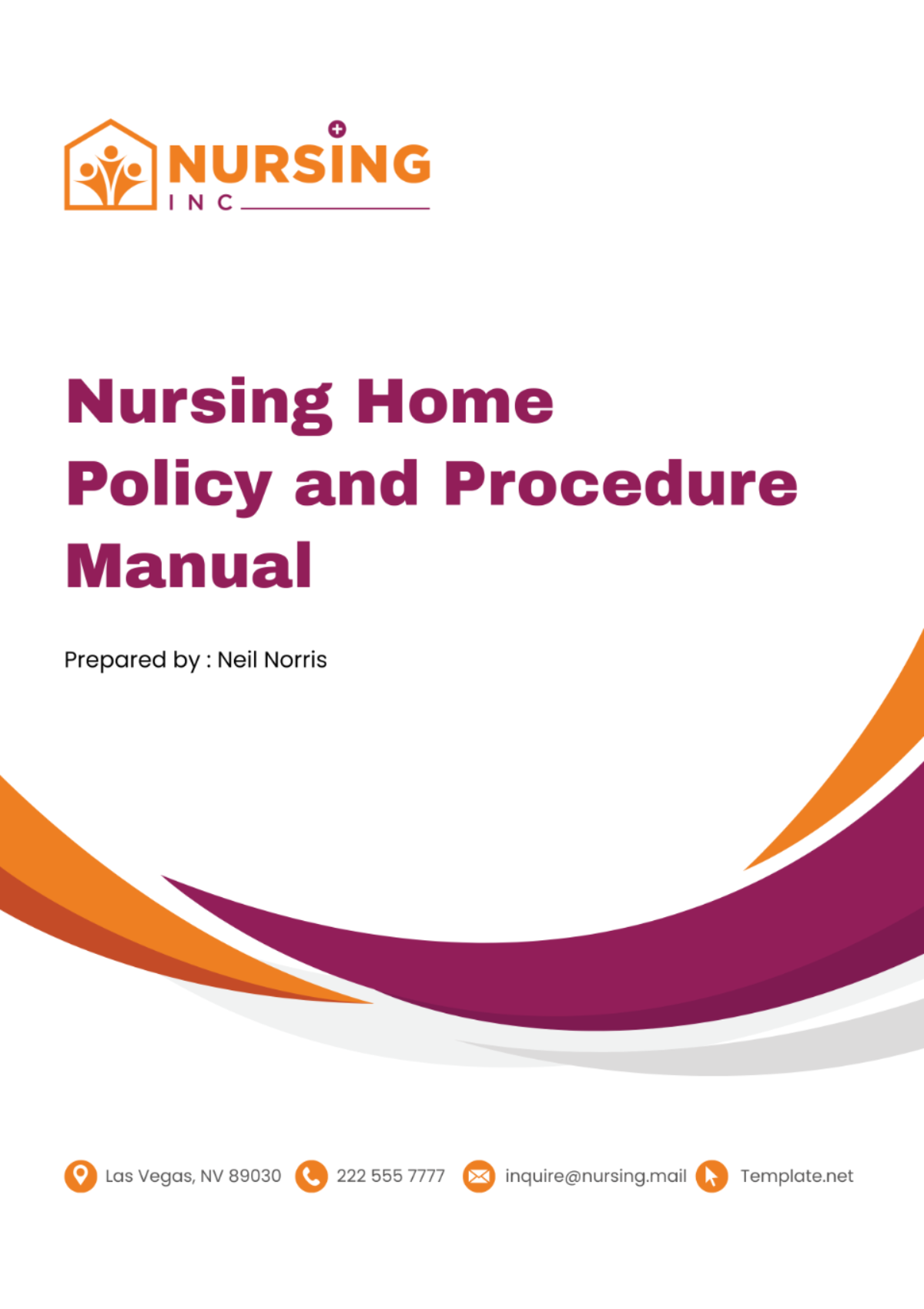Payroll Accounting Administration Manual
Purpose of the Manual
This Payroll Accounting Administration Manual serves as a comprehensive guide for managing our payroll system. It is designed to provide clear instructions and policies for the effective administration of payroll. The purpose of this manual is to ensure consistency, accuracy, and compliance in our payroll processes. It is intended as a resource for payroll administrators, human resources personnel, and management to understand and execute payroll-related tasks efficiently and in accordance with legal requirements.
Scope and Applicability
The procedures and policies outlined in this manual apply to all departments and employees of our organization. It covers the entire spectrum of payroll activities, from timekeeping and payroll processing to tax withholding and reporting. This manual is applicable to all types of employees including full-time, part-time, and contractual staff. It is essential that all staff involved in payroll administration familiarize themselves with the contents of this manual to ensure a uniform approach to payroll management across the organization.
Organization's Payroll Policy
Our payroll philosophy is founded on the principles of fairness, accuracy, and legal compliance. We are committed to providing timely and accurate compensation to our employees, reflecting their hard work and dedication. Our payroll system is designed to be transparent and easily understandable, ensuring that all employees have a clear understanding of their compensation, deductions, and benefits. We continuously strive to improve our payroll processes to make them more efficient and employee-friendly.
Payroll Confidentiality Policy
We uphold the highest standards of confidentiality in handling payroll information. All payroll records, including personal and compensation details of our employees, are treated with the utmost confidentiality and are only accessible to authorized personnel. We adhere to strict data protection laws and regulations to safeguard this sensitive information. Breaches of payroll confidentiality are taken seriously and may result in disciplinary action, including termination of employment. This policy is in place to protect the privacy and trust of our employees and to maintain the integrity of our payroll system.
Payroll System Overview
Our payroll system is a state-of-the-art, integrated solution designed to streamline and automate the payroll process. This system efficiently manages all aspects of payroll, from initial data entry to final payment disbursement. It includes features for time and attendance tracking, tax calculation, benefits management, and compliance reporting. The software is regularly updated to ensure adherence to the latest payroll and tax regulations. Its user-friendly interface allows for easy navigation and operation, minimizing the likelihood of errors and ensuring a smooth payroll experience for both administrators and employees.
Roles and Responsibilities in Payroll Processing
The effective management of our payroll system relies on the clear definition of roles and responsibilities among our staff. This ensures accountability, accuracy, and timely processing of payroll.
Role | Responsibilities |
Payroll Administrator | Overseeing the entire payroll process, ensuring accuracy and compliance. |
HR Manager | Verifying employee data, benefits, and deductions. |
Timekeeping Officer | Ensuring accurate recording of time and attendance. |
Accounts Payable Officer | Managing the disbursement of payroll funds. |
Compliance Officer | Ensuring adherence to legal standards and regulations. |
IT Support Specialist | Maintaining and updating the payroll system software. |
Employee Classification
Employee classification plays a crucial role in our payroll process as it determines the application of taxes, benefits, and compliance with labor laws.
Category | Definition | Implications for Payroll |
Full-time Employees | Employees who work the standard hours per week. | Eligible for full benefits, overtime, and statutory leaves. |
Part-time Employees | Employees working fewer hours than the full-time standard. | Pro-rated benefits and wages based on hours worked. |
Contractual Employees | Individuals hired for a specific duration or project. | Paid according to contract terms, usually without standard employee benefits. |
Temporary Employees | Employees hired for a short-term period. | Pay and benefits vary based on the terms of employment. |
This classification system ensures that all employees are compensated fairly and in compliance with legal requirements. It also helps in streamlining the payroll process by clearly defining the payroll structure for each category of employee.
Timekeeping System and Procedures
Our organization employs a digital timekeeping system that accurately records employee work hours, including regular hours, overtime, and leave. This system is integral to our payroll process, ensuring that employees are compensated accurately for their time.
Clocking In/Out: Employees are required to clock in at the start and clock out at the end of their workday, including for any breaks.
Review and Approval: Supervisors review and approve the recorded hours at the end of each pay period.
Exception Reporting: Any discrepancies or exceptions, such as missed clock-ins, are reported and resolved promptly.
Data Integration: The timekeeping data is automatically integrated into the payroll system for processing.
Attendance: We expect all employees to adhere to their scheduled work hours. Regular attendance is essential for smooth operations and is closely monitored.
Lateness: Employees are expected to be punctual. Repeated lateness may lead to disciplinary actions. Lateness is recorded and may affect the payroll, particularly in cases of habitual tardiness.
Absence: Planned absences, such as PTO or sick leave, must be requested and approved in advance. Unplanned absences should be reported as soon as possible. Absences are factored into the payroll calculations and may affect benefits like PTO accrual.
Procedures for Payroll Processing
Payroll processing in our organization is a systematic and detailed activity, ensuring accurate and timely compensation for our employees.
Gather and verify timekeeping records and other payroll-related information.
Input the verified data into the payroll system.
Compute gross pay, deductions, and net pay for each employee.
Conduct a thorough review of the calculated payroll for accuracy.
Obtain necessary approvals from the designated authorities.
Process payments to employees via direct deposit or other agreed methods.
Maintain detailed records of the payroll process for auditing and compliance.
Payroll Scheduling and Frequency
The frequency of payroll processing is critical for financial planning, both for the organization and the employees.
Payroll Type | Frequency | Description |
Regular Payroll | Bi-weekly | Standard employee compensation, processed every two weeks. |
Bonus Payroll | Semi-annually | Bonus payments processed in mid-year and year-end. |
Contractual Payroll | Monthly | Payments to contractual employees, processed monthly. |
Salary Structure and Wage Administration
Our organization maintains a structured approach to salary and wage administration to ensure equity, competitiveness, and compliance with legal standards. We regularly review and adjust our salary scales to stay aligned with industry benchmarks and cost of living changes.
Employee Category | Wage Type | Description |
Full-Time | Salary | Fixed annual amount, paid bi-weekly. |
Part-Time | Hourly Wage | Based on hours worked, subject to overtime rules. |
Contractual | Contractual Rate | Agreed upon rate as per contract, paid monthly. |
Temporary | Hourly Wage | Rate determined at the start of employment. |
Benefits Administration
We offer a comprehensive benefits package to our employees, which includes health, dental, and retirement plans, among others. These benefits are part of our commitment to the welfare and long-term security of our staff.
Benefit Type | Eligibility | Description |
Health Insurance | Full-Time | Comprehensive medical coverage, including preventive care. |
Dental Insurance | Full-Time | Covers a range of dental care services. |
Retirement Plan (e.g., 401(k)) | All Employees | Includes employer matching for contributions. |
Life Insurance | Full-Time | Basic life coverage with options for additional coverage. |
Tax Withholding
The accurate withholding of taxes from employee wages is critical for compliance with tax laws. We adhere to the following procedures:
Employee Tax Data Collection: Collecting W-4 forms from employees to determine their tax status and withholding amounts.
Calculation of Taxes: Using payroll software to calculate federal, state, and local taxes based on employee earnings and tax data.
Withholding of Taxes: Deducting the calculated tax amounts from employee wages during each payroll cycle.
Regular Review: Periodically reviewing tax tables and employee data to ensure accurate withholding.
Reporting Obligations for Taxes
Our organization is responsible for reporting payroll taxes to various tax authorities in a timely and accurate manner.
Tax Type | Frequency | Description |
Federal Income | Quarterly | Reporting and remittance to the IRS. |
State Income | Quarterly | Reporting and remittance to state tax authorities. |
Local Taxes | As required | Reporting to local municipalities as per local laws. |
FICA Taxes | Quarterly | Social Security and Medicare taxes reported to the IRS. |
Adhering to these tax withholding and reporting procedures is crucial for maintaining compliance with the law and ensuring the financial well-being of both the employees and the organization.
Mandatory and Voluntary Deductions
In our payroll system, deductions are categorized into two types: mandatory and voluntary.
Mandatory Deductions are those required by law, such as federal and state taxes, Social Security (FICA), and Medicare contributions. These are automatically calculated and withheld from each employee's paycheck based on prevailing legal requirements.
Voluntary Deductions are elected by the employee and can include contributions to retirement savings plans (like 401(k)), health and life insurance premiums, and other benefits programs. These deductions are made based on the employee's selections during their benefits enrollment or updates.
Procedures for Deduction Administration
The administration of deductions is a critical aspect of our payroll process, ensuring accuracy and compliance.
Gathering Employee Elections: Collect information on voluntary deductions selected by the employee.
Calculating Deductions: Use payroll software to accurately calculate both mandatory and voluntary deductions from the employee's gross pay.
Updating Deduction Amounts: Regularly update deduction amounts as per changes in tax laws, benefit plans, or employee elections.
Verification: Ensure accuracy of deduction amounts before finalizing payroll.
Documentation and Reporting: Maintain records of all deductions for reporting purposes and employee queries.
Payroll Compliance
Compliance with payroll-related regulations is paramount to our operations. We adhere to a variety of U.S. federal and state laws, including:
Fair Labor Standards Act (FLSA)
Federal Insurance Contributions Act (FICA)
Family and Medical Leave Act (FMLA)
Employee Retirement Income Security Act (ERISA)
Affordable Care Act (ACA)
Various state-specific employment and tax laws
Record-Keeping Requirements
Accurate and systematic record-keeping is essential for payroll compliance and audit preparedness.
Employee Records: Maintain detailed records for each employee, including personal information, employment terms, and payroll history.
Tax Records: Keep records of all payroll tax calculations, withholdings, and remittances.
Benefit and Deduction Records: Document all voluntary and mandatory deductions, along with relevant employee elections and changes.
Timekeeping Records: Store accurate records of employee work hours, overtime, leave, etc.
Audit Trails: Keep logs of all payroll processing activities for audit purposes.
Legal Compliance Documentation: Document compliance with all applicable payroll-related laws and regulations.
Correction of Errors in Payroll
Maintaining the accuracy of our payroll is crucial. We have established procedures to promptly identify and correct any errors.
Regular Reviews: Conducting regular and thorough reviews of payroll reports to identify discrepancies or anomalies.
Employee Feedback: Encouraging employees to review their pay stubs and report any inconsistencies immediately.
Error Analysis: Investigating reported or identified errors to determine their cause.
Corrective Action: Making necessary adjustments to correct errors, such as issuing supplemental pay or adjusting future payrolls.
Notification and Documentation: Informing affected employees of errors and corrections made, and documenting all actions for audit trails.
Record Amendment Protocols
In the event of payroll errors, it's essential to have a clear protocol for amending records.
Immediate Notification: Promptly informing relevant departments (such as HR or Finance) about the need for record amendment.
Verification: Verifying the required changes with documentary evidence.
Approval for Amendments: Obtaining necessary approvals from authorized personnel before making changes.
Record Update: Updating payroll records with the corrected information.
Confirmation and Follow-up: Confirming that the correction has been implemented and monitoring for any subsequent issues.
Payroll Audits
Audits are an integral part of our payroll compliance and accuracy assurance.
Internal Audits: Regularly conducted by our internal audit team to review payroll accuracy, adherence to policies, and regulatory compliance.
External Audits: Periodic audits performed by external auditors to validate our payroll practices and ensure compliance with external regulations and financial reporting standards.
Random Audits: Conducting unannounced audits on randomly selected payroll records for added assurance of ongoing compliance and accuracy.
Preparing for Payroll Audits
Preparation is key to successfully navigating payroll audits.
Documentation Gathering: Ensuring all payroll records, including timesheets, pay stubs, tax filings, and deduction documentation, are complete and readily accessible.
Policy and Procedure Review: Reviewing payroll policies and procedures to ensure they are up-to-date and compliant with current laws.
Employee Training: Making sure all payroll staff are well-trained and aware of the auditing procedures.
Self-Review: Conducting a pre-audit self-review to identify and address any potential issues beforehand.
Communication with Auditors: Establishing clear lines of communication with auditors for efficient and transparent audit processes.
These protocols and preparations ensure that our payroll system remains transparent, accurate, and compliant, safeguarding the integrity of our payroll processes.
Guidelines for Using Payroll Software
The effective use of payroll software is critical for the efficient management of our payroll processes.
Ensure all employee data entered into the software is accurate.
Keep the payroll software updated with the latest versions and tax tables.
Regularly back up payroll data to prevent loss in case of system failures.
Restrict access to the payroll software to authorized personnel only.
Utilize software's audit trail features to track changes and entries.
Ensure all users receive proper training on using the software effectively.
Data Security and Privacy Measures
The security and privacy of payroll data are of utmost importance in our organization.
Use encryption to protect payroll data during transmission and storage.
Implement strong user authentication methods to access payroll information.
Conduct regular security audits of payroll system.
Ensure all payroll data handling complies with data protection regulations.
Train all staff handling payroll data on privacy policies.
Have an incident response plan in place for potential data breaches.
Training Programs for Payroll Staff
Continuous training and development are essential for our payroll staff to stay updated with the latest payroll practices and software tools.
Training Program | Duration | Description |
Basic Payroll Procedures | 2 Days | Covers fundamental payroll processes and regulations. |
Advanced Payroll Management | 3 Days | Delves into complex payroll scenarios and compliance. |
Payroll Software Utilization | 1 Day | Training on the effective use of our payroll software. |
Data Security and Compliance | 1 Day | Focuses on data protection laws and secure data handling. |
Update on Tax Laws and Regulations | 1 Day | Covers recent changes in tax laws affecting payroll. |
Through these training programs, we ensure that our payroll team is competent, confident, and capable of executing their responsibilities with the highest level of professionalism and accuracy.
Handling Payroll Processing in Emergency Situations
In emergency situations, such as natural disasters, power outages, or other crises, it's crucial to have a plan in place to ensure that payroll processing continues uninterrupted.
Emergency Response Team: Activate a designated emergency response team focused on payroll continuity.
Remote Access Capabilities: Utilize remote access to payroll software and data to continue operations if access to the primary workplace is restricted.
Communication Plan: Implement a clear communication plan to keep employees informed about payroll processing status.
Backup Systems: Rely on backup systems, including off-site data storage, to maintain payroll operations.
Alternate Processing Methods: In case of system failures, have alternative methods (like manual processing) ready for use.
Review and Adjust Deadlines: Adjust payroll processing deadlines as necessary, while ensuring compliance with legal requirements.
Changes in Payroll Policies and Systems
Periodically, updates to payroll policies and systems are necessary to stay current with legal changes, technological advancements, or organizational needs.
Assessment and Planning: Evaluate the need for changes in payroll policies or systems and plan the implementation process.
Stakeholder Consultation: Consult with key stakeholders, including HR, finance, and IT departments, for input and implications of the changes.
Employee Communication: Clearly communicate any changes to all employees in advance, including the reasons for the changes and the expected impact.
Training and Support: Provide training and support materials to payroll staff and other relevant employees on the new policies or systems.
Phased Rollout: Implement changes in phases, if possible, to allow for adjustment and feedback.
Feedback and Adjustment: After implementation, gather feedback and make necessary adjustments to ensure the changes are effective and efficient.
Documentation Update: Update all relevant documentation, including this manual, to reflect the new policies and systems.
By following these procedures, we can ensure that our payroll processing remains robust and adaptable, capable of handling both emergency situations and systematic changes effectively.












